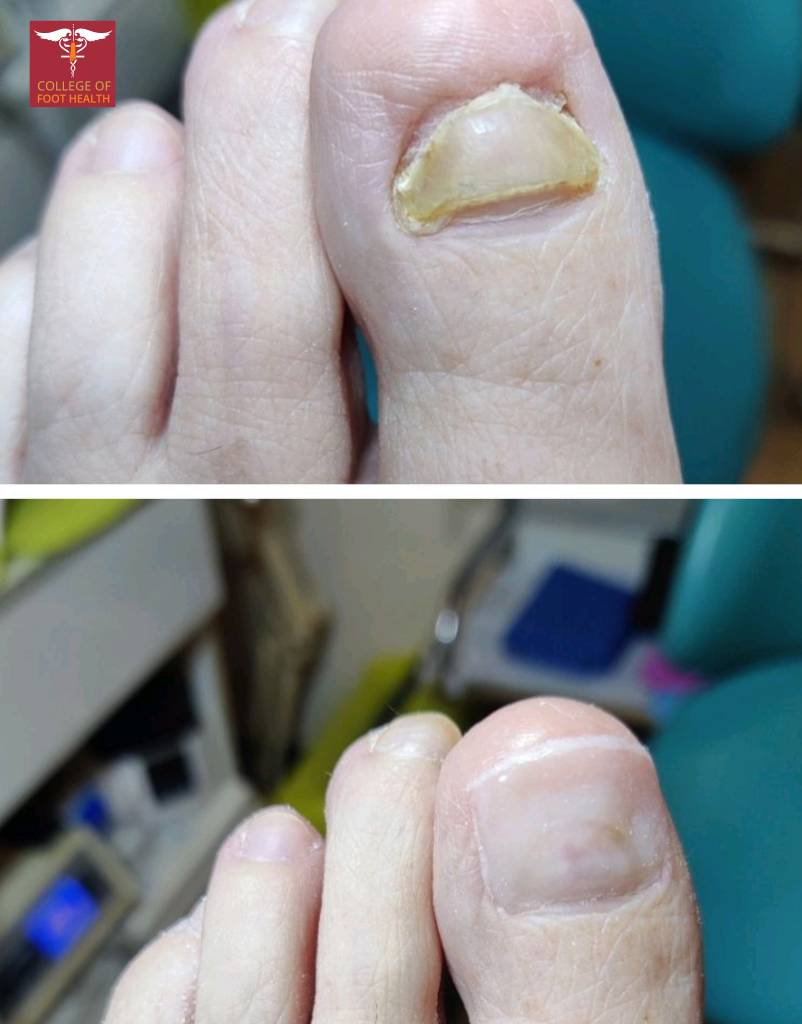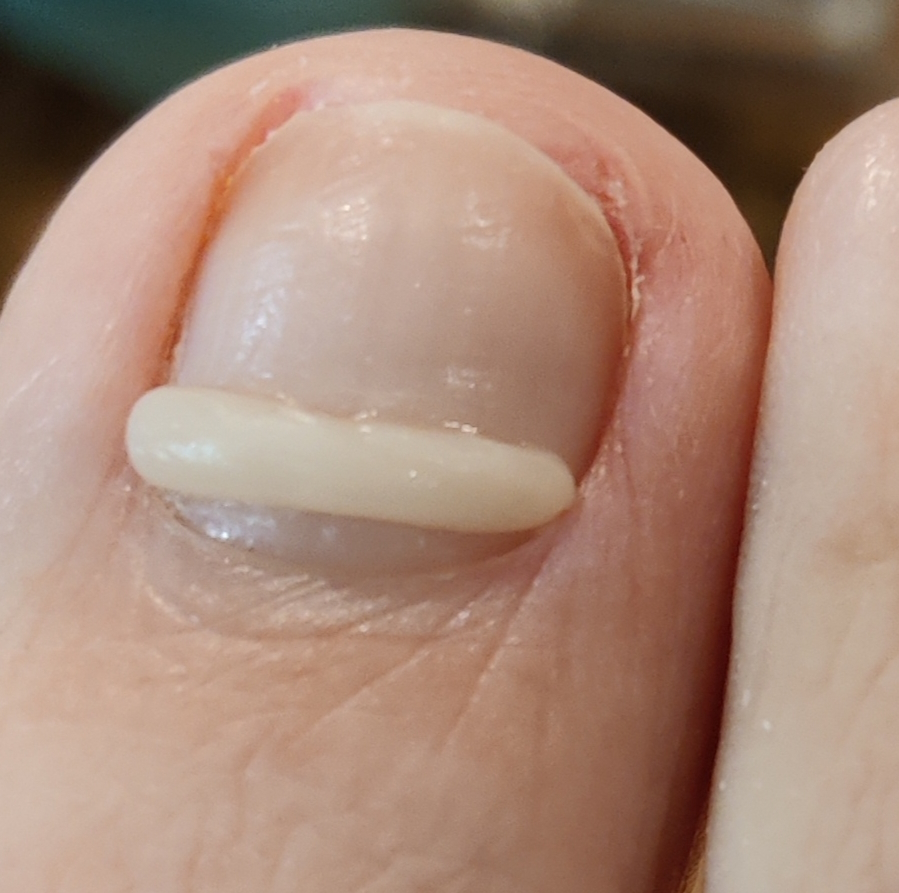In today’s foot health practices, damaged nails are a common concern among patients, often stemming from trauma, fungal infections, nail surgery, or various medical conditions. As part of a comprehensive treatment plan, toenail reconstruction can be a fantastic, temporary cosmetic solution—sometimes the only viable option for restoring the appearance of a damaged nail.
Toenail reconstruction offers a range of options, each tailored to address the specific needs of the patient. While it is primarily considered a cosmetic procedure, its impact goes beyond aesthetics. For many patients, the restoration of their nail’s appearance can have a profound psychological benefit, boosting confidence and improving overall well-being, especially when no other treatment options are available.
This procedure allows practitioners to offer patients a sense of normalcy and satisfaction, enhancing the holistic care provided.
This course will delve into various nail deformities and pathologies that can lead to unsightly toenails, equipping clinicians with the skills needed to address these issues effectively. You will learn how to confidently prepare the nail plate—and the nail bed if necessary—to create a cosmetically pleasing, temporary prosthetic nail using specialist gels.



The reconstructed toenail not only enhances the appearance of the damaged nail but can also be treated as a ‘normal’ nail, providing patients with a practical and aesthetically satisfying solution. Typically, these prosthetic nails last between 6-8 weeks, offering a durable yet temporary option that can significantly improve the patient’s quality of life.
In this course, we will explore the Wilde-Pedique LCN, polygels and Gehwol toenail reconstruction systems in detail. Attendees will gain comprehensive knowledge and hands-on experience with both of these leading systems, ensuring they are fully qualified to use them in their practice. Upon completion, no additional training will be required, allowing clinicians to begin offering these treatments to their patients immediately.
This course equips you with the skills and confidence needed to incorporate these effective toenail reconstruction methods into your practice seamlessly.
Course Tutor

Gaynor Wooldridge, is a consultant podiatrist working within a multidisciplinary clinic in Kent. She has a passion and commitment to the field of foot health, with special interests in research, injection therapies, wound care and diabetes. She is a great believer that continuing professional development is central to the ‘lifelong learning’ approach so vital within healthcare.
Lunch and refreshments are provided.














